Australia election: PM Anthony Albanese secures majority government
Australia's new Labor government has secured a majority in parliament, election analysts say.
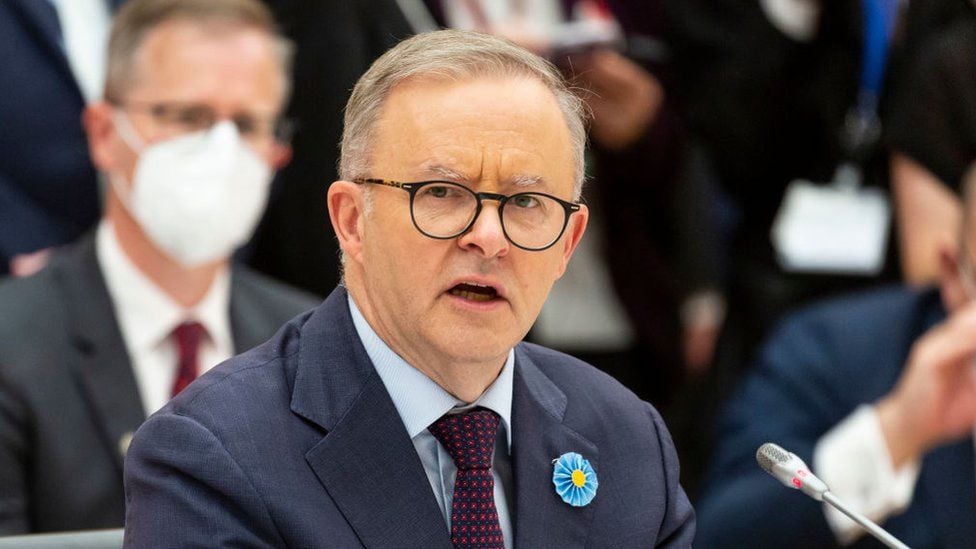
MAY 31: The centre-left party, led by Prime Minister Anthony Albanese, defeated Scott Morrison's conservative coalition in an election on 21 May.
A record vote for independents and minor parties had made it uncertain whether Mr Albanese would govern in his own right.
But he now has the 76 lower house seats needed, after victories in tight races.
It is a different story in the Senate, where Mr Albanese's government will need crossbench support to pass laws.
About a third of Australians voted for candidates outside the major parties, with support surging for the Greens and independents running on climate platforms.
Mr Albanese has promised a "constructive relationship" with the expanded crossbench, despite not needing to rely on their votes in the House of Representatives. Two seats there remain undecided.
He will announce his cabinet on Tuesday.
Mr Morrison lost power after shedding almost 20 seats at the election. These included traditional conservative strongholds in the cities, where climate policies were seen as a key factor.
Staunch conservative and former defence minister Peter Dutton will now be opposition leader, after he was chosen by the Liberal Party to replace Mr Morrison.
Barnaby Joyce - who made international headlines over a row about Johnny Depp's dogs - was replaced by David Littleproud as leader of the Nationals, the Liberals' junior coalition partner.
In the last 40 years only one government - under John Howard in 2004 - has won a Senate majority.


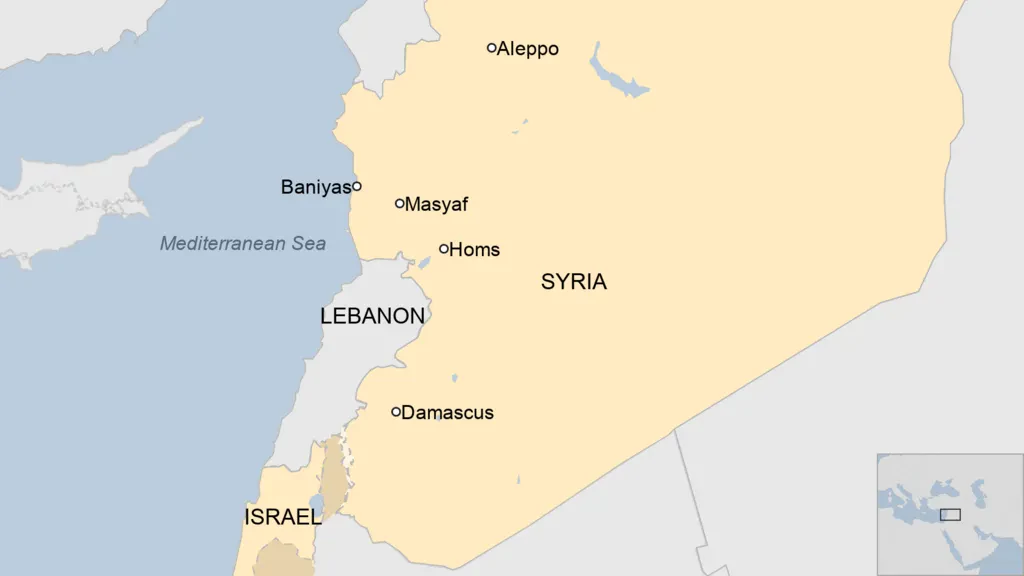
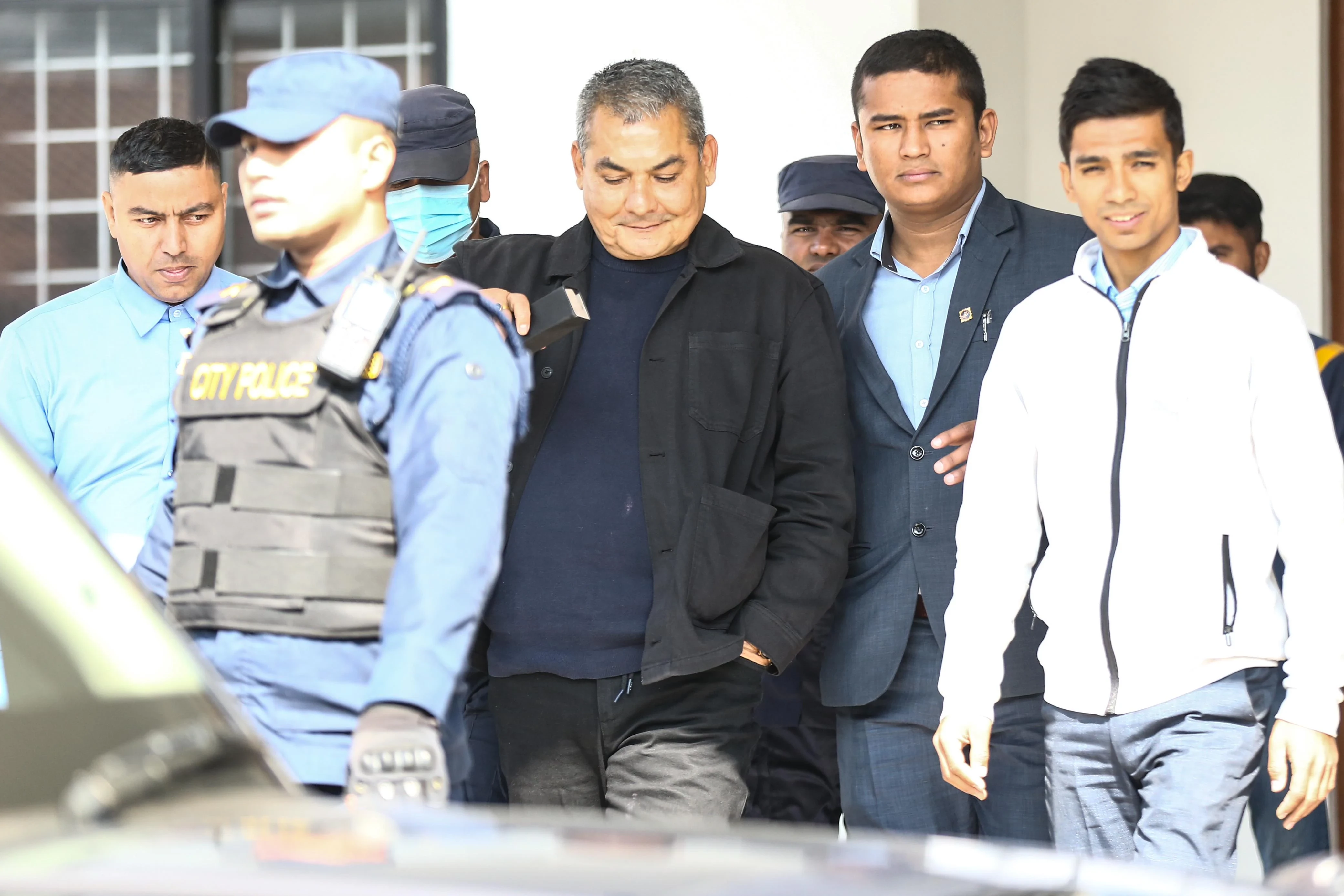

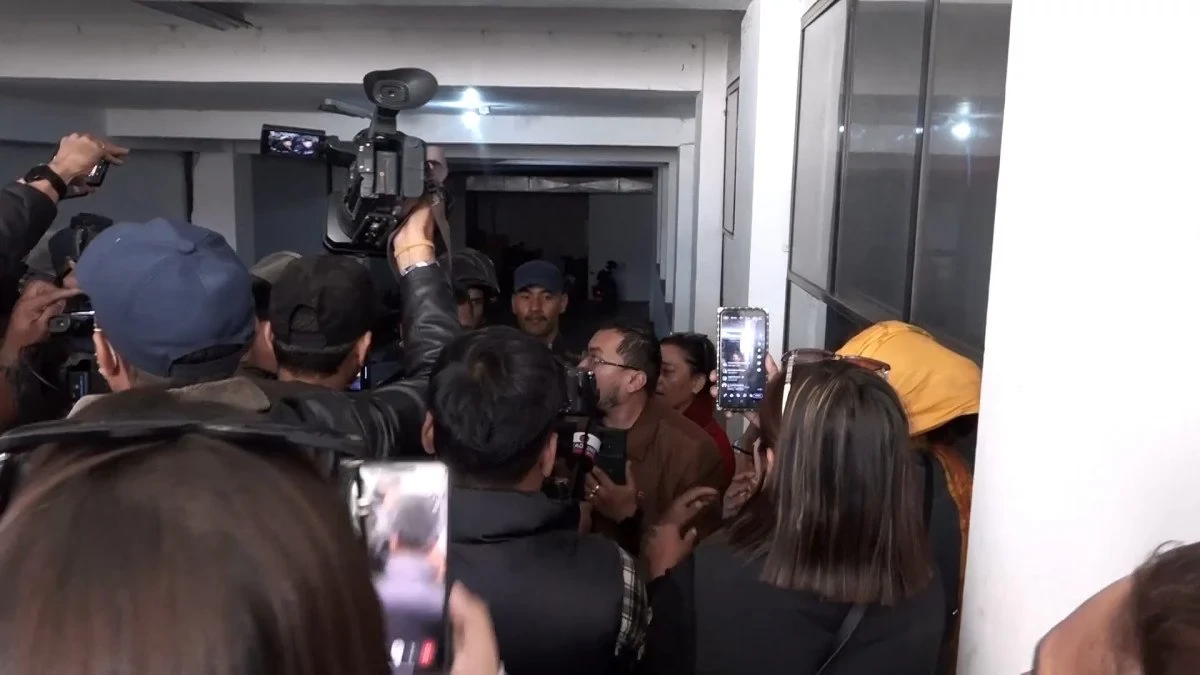

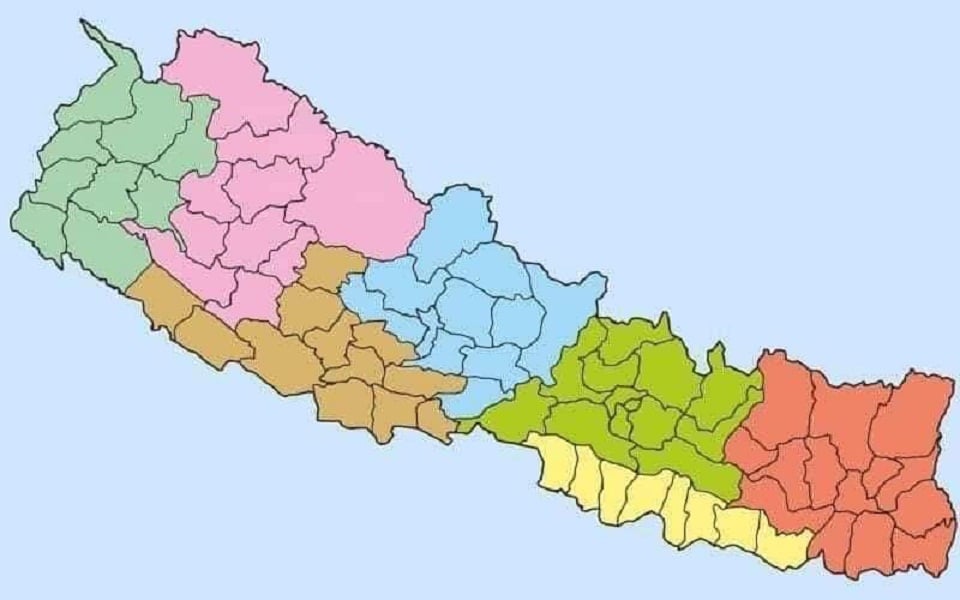
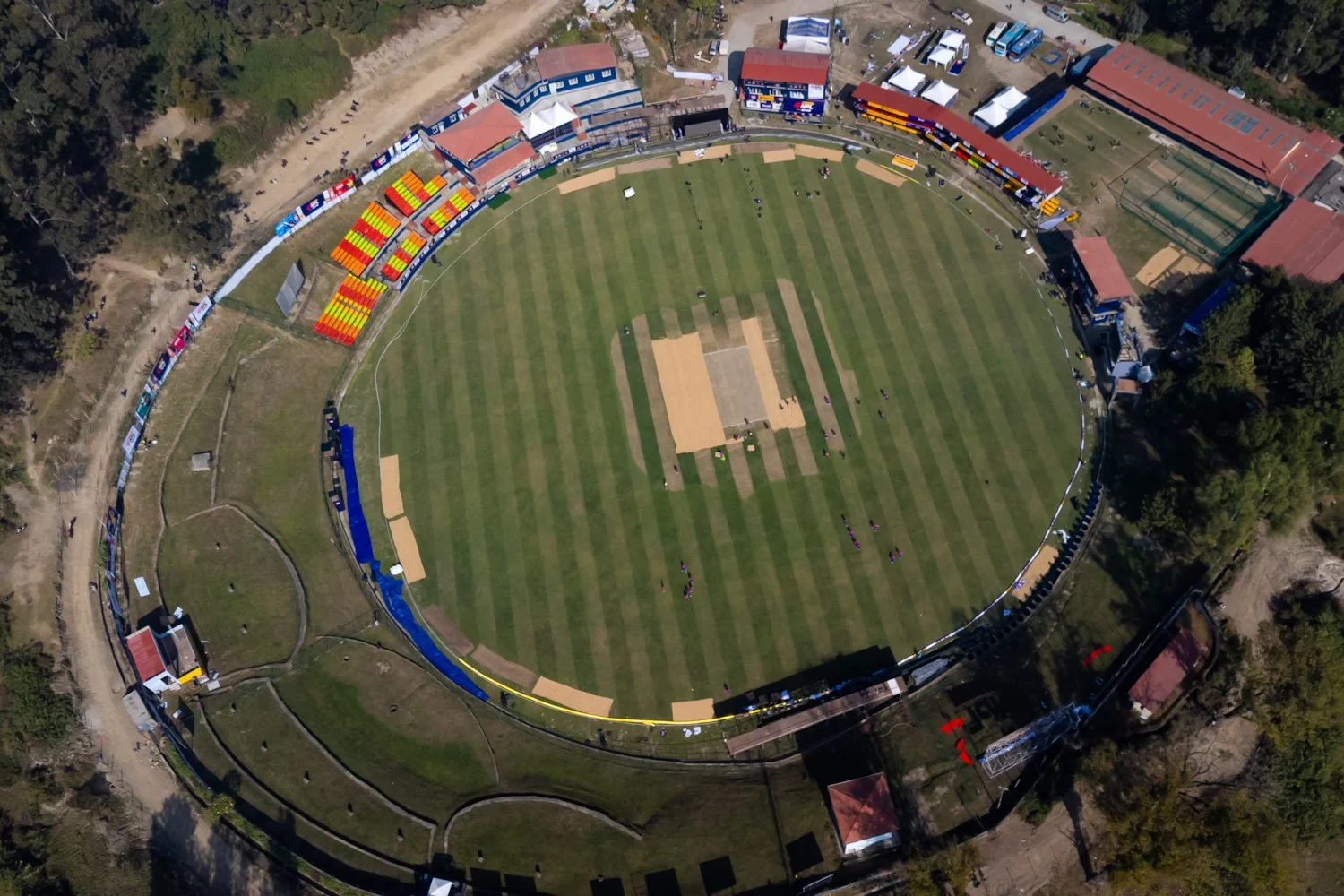
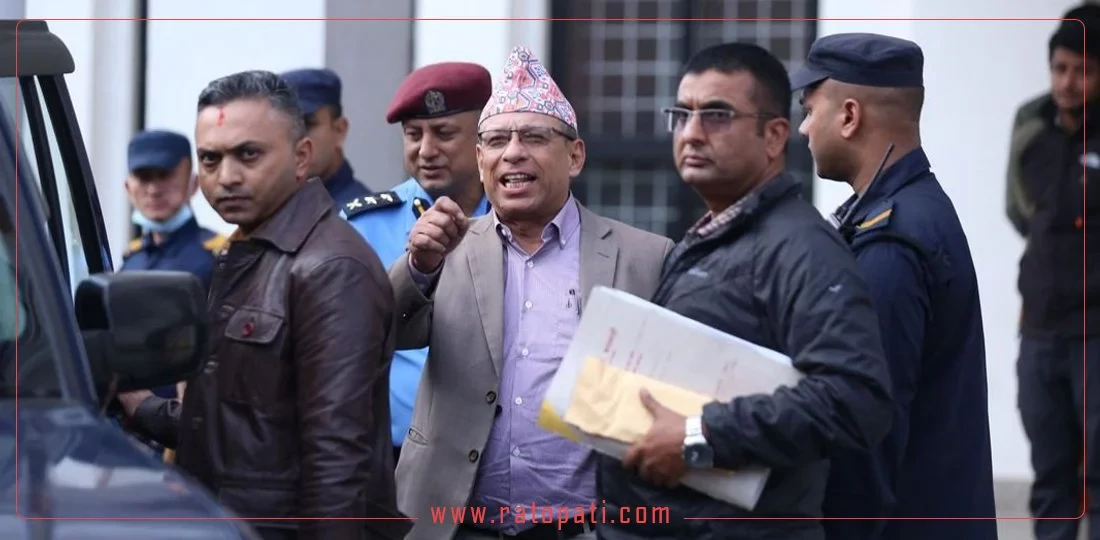
Leave Comment